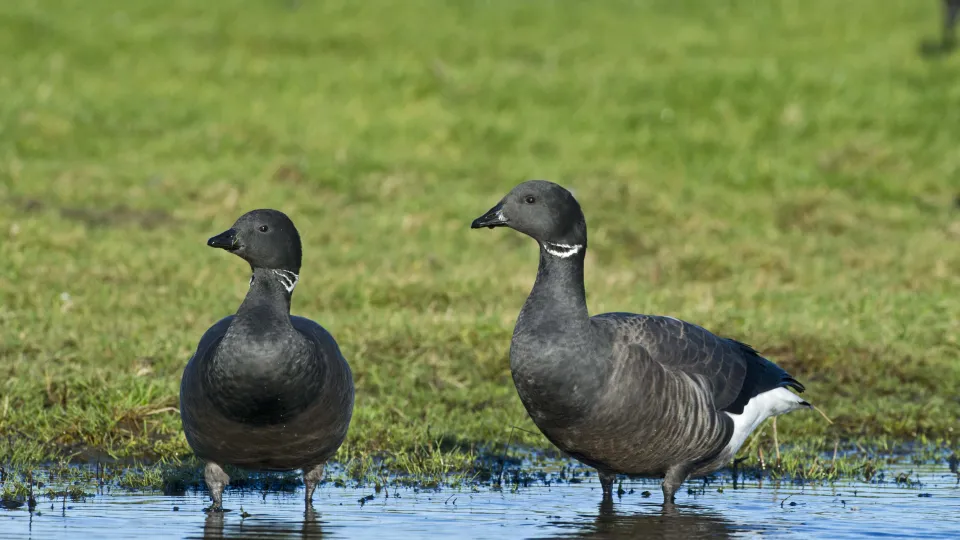
Brent Goose
The brent goose flies to the UK for the milder winter. Two populations arrive: those with dark bellies can be found around Eastern England; while those with pale bellies can be found in the North East.
Birds only: Amber list species are those with an unfavourable conservation status in Europe; those whose population or range has declined moderately in recent years; those whose population has declined historically but made a substantial recent recovery; rare breeders; and those with internationally important or localised populations.

The brent goose flies to the UK for the milder winter. Two populations arrive: those with dark bellies can be found around Eastern England; while those with pale bellies can be found in the North East.
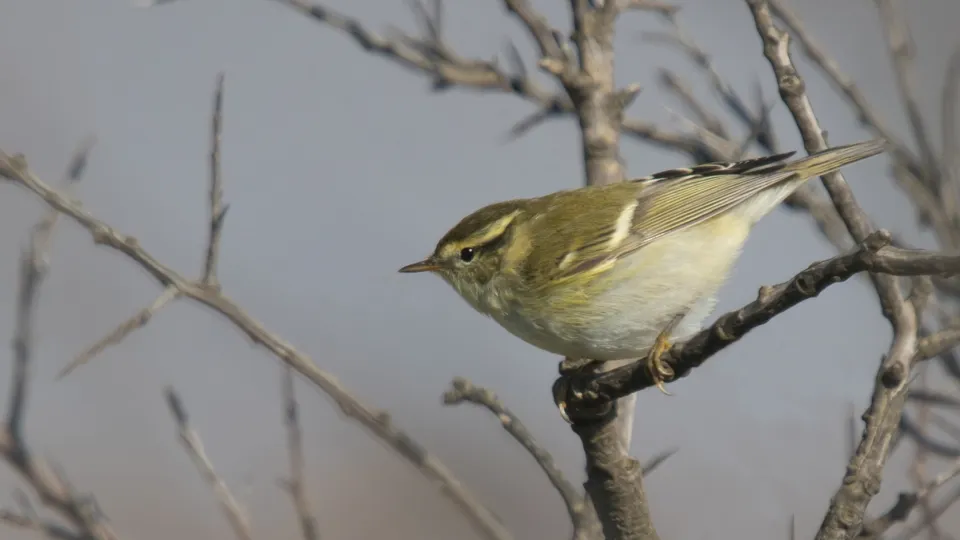
This charming little warbler is an increasingly common sight in autumn, when migrants pass through the UK.
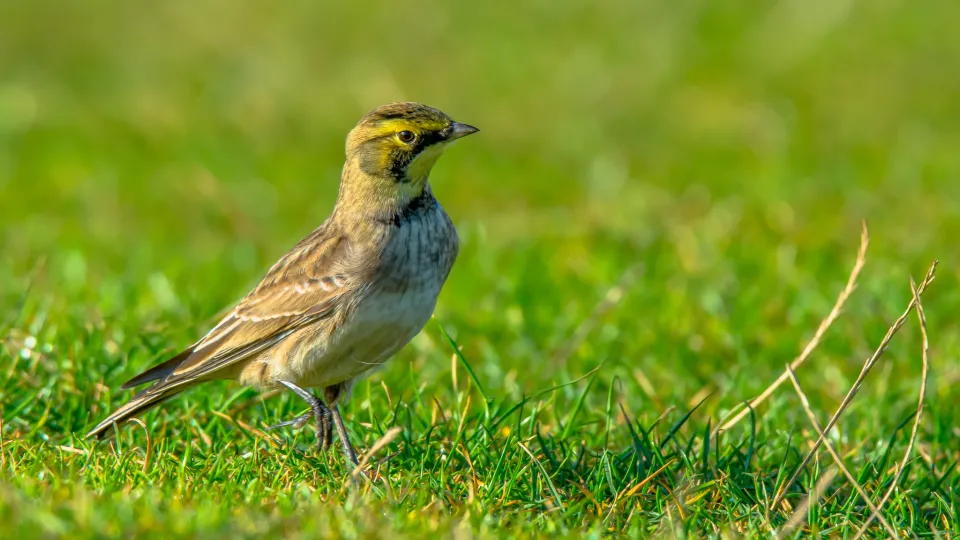
This distinctive lark is a passage migrant and winter visitor to the UK, most often found along the east coast of Britain.
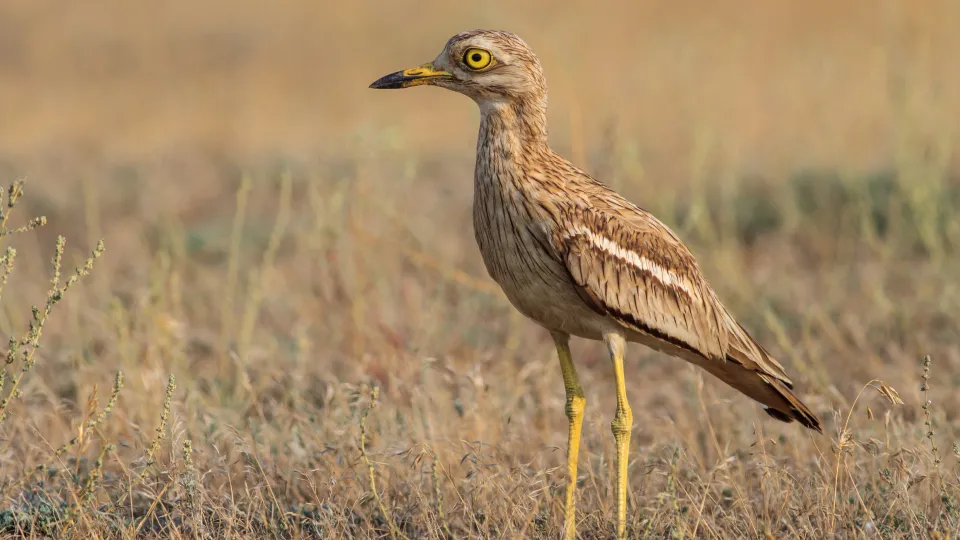
Stone curlews are unusual waders with large yellow eyes - perfect for hunting beetles at night.
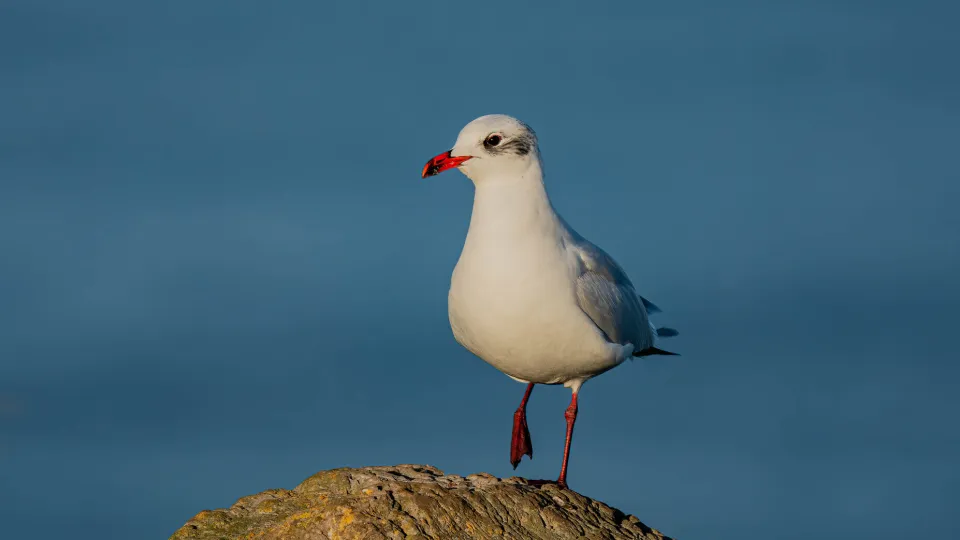
Once a rare visitor to the UK, this striking gull is now found nesting here in large colonies.

This hefty diving bird is a winter visitor to the UK, where it can be seen around the coast or occasionally on large inland lakes.
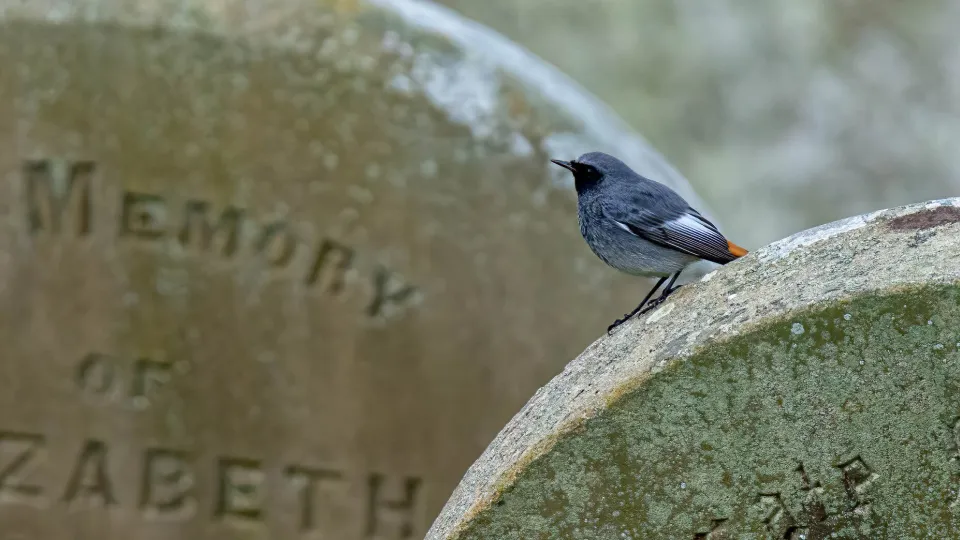
A rare breeder in the UK, this sooty-coloured bird is as at home on an industrial site as it is on a rocky cliff face.
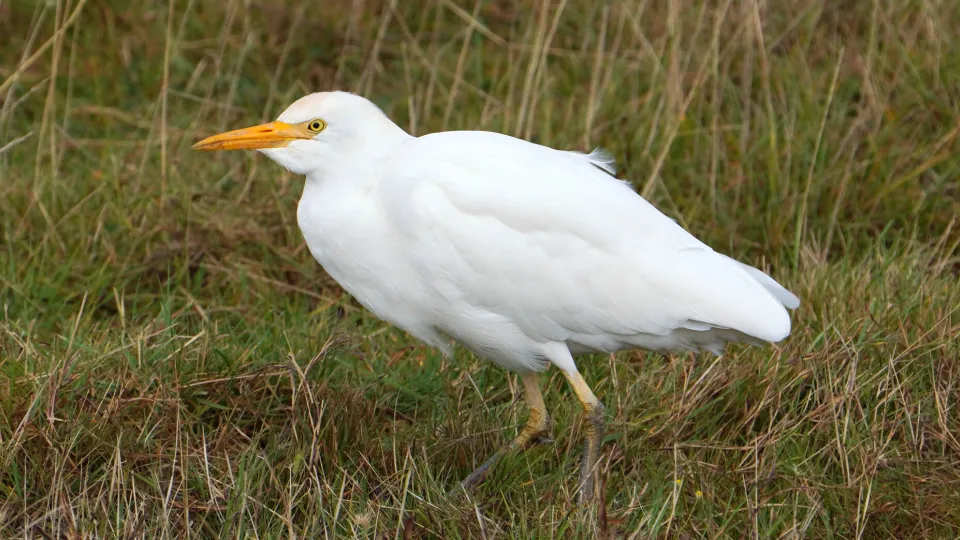
This small, white heron is an increasingly common sight in parts of the UK as it spreads north from continental Europe.
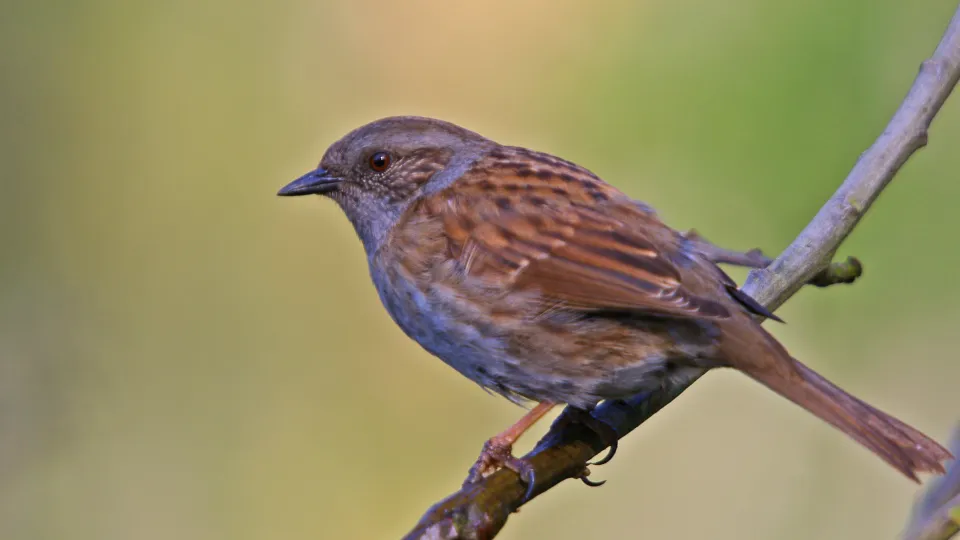
The shy dunnock can be seen hopping about under hedges as its other name, 'hedge sparrow', suggests. It inhabits gardens, woodlands, hedgerows and parks.
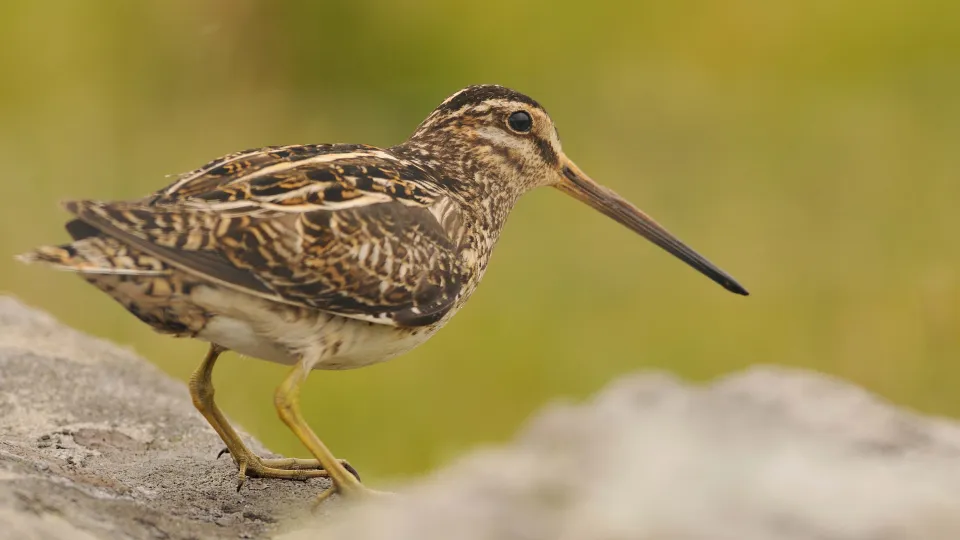
Listen out for the 'drumming' sound of a male snipe as it performs its aerial courtship display. It's not a call, but actually its tail feathers beating in the wind. Snipe live on wet grassland, marshes and moorlands throughout the UK.